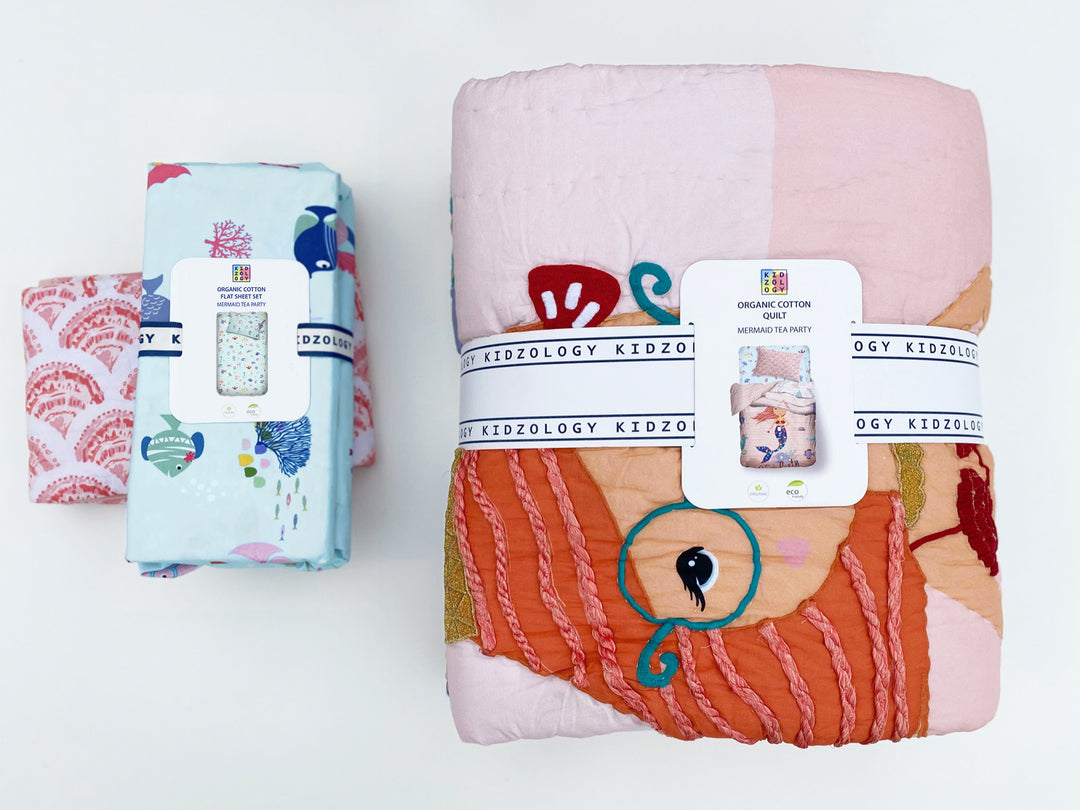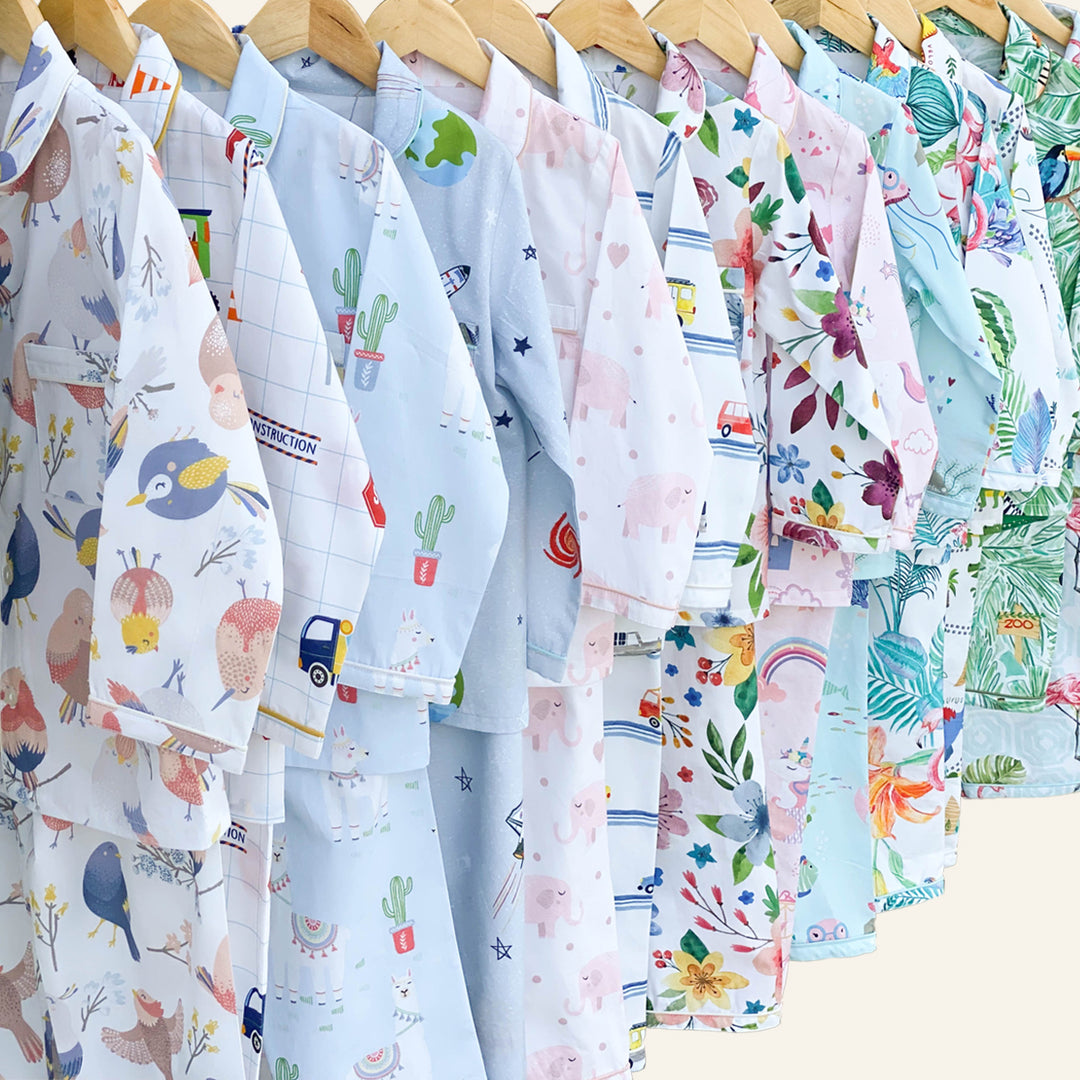Why Organic Cotton is the Best Choice for Your Child and the Planet
As parents, ensuring the well-being of children involves selecting textiles that are both safe and sustainable. The choice of fabric for bedding and sleepwear is critical, not only for comfort but also for minimizing exposure to harmful chemicals. Organic cotton, cultivated through environmentally responsible practices, offers numerous benefits that make it the ideal material for children’s textiles.
Comparison of Organic vs. Conventional Cotton
| Aspect | Organic Cotton | Conventional Cotton |
| Breathability | Naturally breathable, allowing air circulation to regulate body temperature and prevent overheating. |
Can have reduced breathability due to chemical treatments that coat fibers. |
| Moisture Management |
Absorbs and wicks away moisture effectively, keeping the skin dry and comfortable.
|
May trap moisture, leading to
discomfort and potential bacterial
growth.
|
| Hypoallergenic Properties |
Free from synthetic chemicals, reducing the risk of allergies and skin irritation. | Often contains pesticide residues and chemical finishes that may trigger skin sensitivities. |
| Seed Preparation |
Uses natural, untreated, GMO-free seeds.
|
Often treated with fungicides, insecticides, and sometimes genetically modified. |
| Soil Health | Maintains healthy soil through crop rotation and organic matter, reducing soil erosion. | Uses synthetic fertilizers, leading to soil depletion and requiring intensive irrigation. |
| Weed Control | Relies on natural methods like crop rotation, beneficial insects, and hand weeding. | Involves aerial spraying of synthetic herbicides and pesticides, some of which are known carcinogens. |
| Harvesting | Uses natural defoliation techniques like temperature changes or water management. | Employs toxic chemicals to induce defoliation. |
| Water Consumption |
Uses up to 91% less water due to rain-fed cultivation and improved soil moisture retention. |
Requires extensive irrigation, leading to excessive water use and depletion of freshwater resources. |
| Fabric Treatment | Uses safe peroxide for whitening, natural softeners, and low-impact dyes. | Often bleached with chlorine, softened with formaldehyde, and dyed with heavy metals and sulfates. |
| Environmental Impact |
Reduces water pollution, preserves biodiversity, and supports sustainable farming. | Contributes to water contamination, soil degradation, and harmful emissions from synthetic chemicals. |
Key Growing Regions for Organic Cotton
India – Largest producer, accounting for over 50% of the global organic cotton supply.
Turkey – Strong focus on sustainable cotton farming with stringent regulations.
China – Increasing adoption of organic farming practices to reduce pollution.
United States (Texas) – Leading region for organic cotton with eco-friendly techniques and water conservation initiatives.




